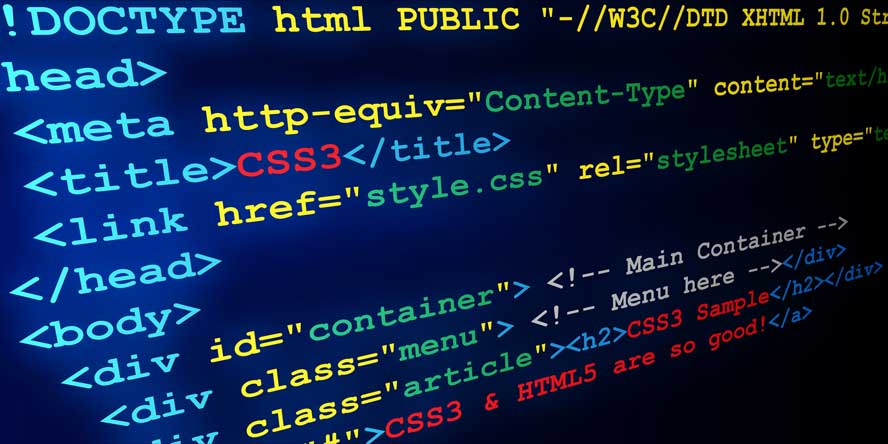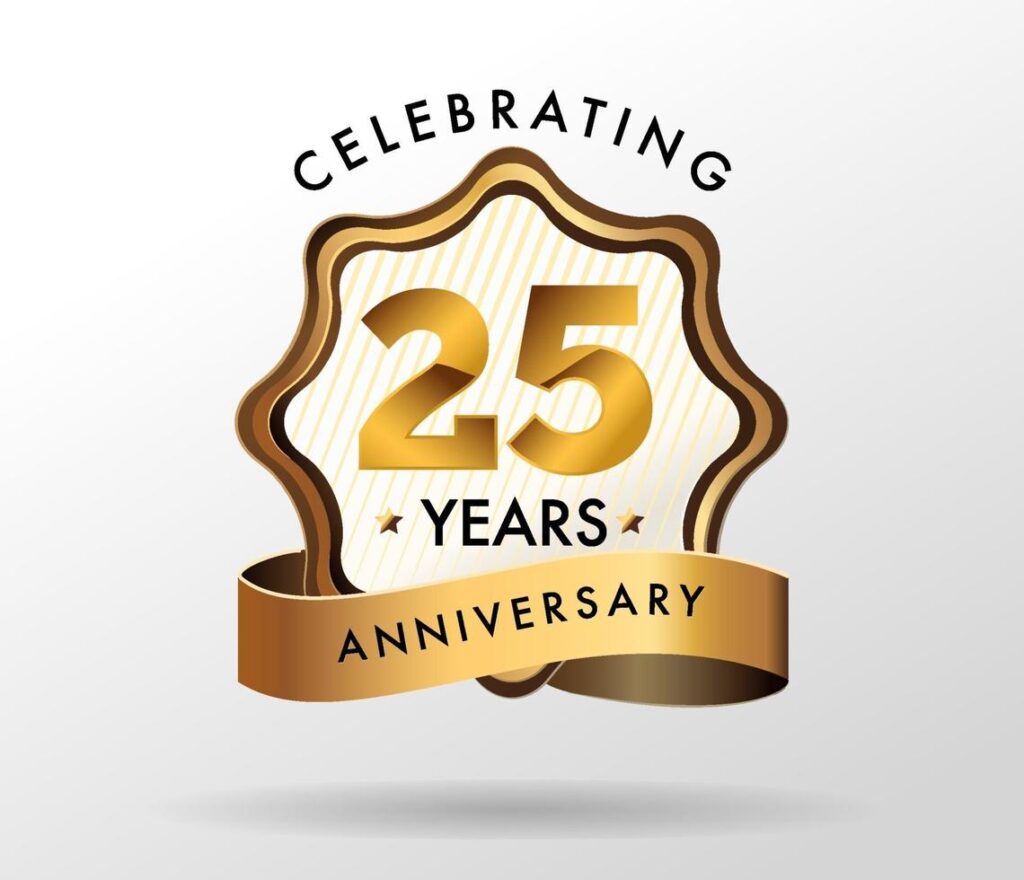
5 Essential HTML Text Codes for Boosting Your Website’s SEO
Did you know that 93% of website visits begin in a search engine? Organic results get 70% of the clicks too. If you want a piece of that pie you better make sure your website shows up and performs well.
How?
Optimize your website with HTML text codes that the search engines love. Keep reading to learn the best SEO code to use.
HTML Text Codes: The Page Head
Meta tags are in the section of your websites HTML code. Google reads both HTML and XHTML meta tags.
They inform search engines and users what to expect from your page. But keep in mind, Google ignores tags that it doesn’t understand.
Here are the meta tags you should make sure are in every page’s HTML code.
Title Tag:
The title tag is one of the most important HTML codes for increasing your visits. The title tag shows up as the main title for your page in search engine listings and on social media shares. It’s your page’s first impression; make it count!
You should include the keywords that you’re targeting with that page in the title. Get creative with this so that it also draws the searcher in and nudges them to click it. Knowing a little psychology helps with writing title tags that work hard for your business.
Keep your title tag around 50 to 60 characters because any more than that will truncate in Google. You’ll also want every title tag to be unique.
Meta Description:
The meta description tag contains the content that’s shown in the snippet on search engine results. Keep your description to 150 to 160 characters, about two sentences. Include your target keyword again.
A well-crafted description should let consumers know that your content can answer their question. Matching search intent will get you higher click-through rates and lower your bounce rates.
Speaking of bounce rates, keep them low by making sure that your page content delivers what you’re promising in the title and description.
Content Header Tags:
People often confuse the terms that refer to the main title of a piece of content with the head tag that appears in HTML code. It’s not hard to understand why, since they’re both called header tags.
However, the H1 tag here refers to the bold, enlarged title at the top of a page containing content underneath. There is also H2 tags, H3 tags, and so on. Each descending tag ranks as less important and appears a bit smaller.
Content header tags provide visual organization of content and increase usability. Google factors usability into rankings. H1 tags also signal to search engines the most important piece of information on a page.
Image Tags:
Describe what your image is with image tags. They’re an important indicator for screen readers, increasing your accessibility factor in search engine rankings. They also help image spiders learn what the image is.
If you’d like your graphics to rank in image results, include the alt and title tag in your HTML code. Use your relevant keyword in the image tags, as well as in the image name.
Avoiding Duplicate Content:<rel=”canonical”></rel=”canonical”>
If you have pages that are similar in content, set one of them as the preferred version with a canonical tag. Doing so avoids a potential duplicate content penalty with the search engines.
A canonical URL is also used to consolidate page ranking for websites that syndicate their content.
What’s Next?
Get started going through your code page-by-page and applying the HTML text codes above. Keep track of your changes and ranking results so you can see what’s working.
If this all seems overwhelming and you’d like some expert help with it, contact us for a free SEO audit.




